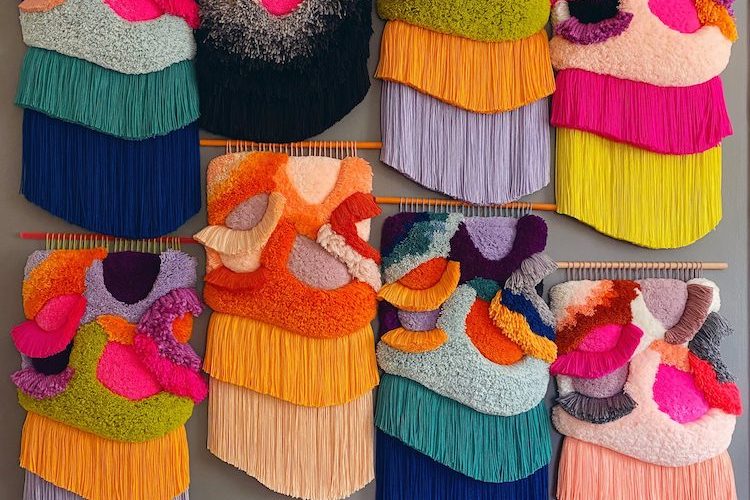Textile art is a captivating and versatile form of artistic expression that has been woven into the fabric of human culture for centuries. Through the interplay of fibers, colors, and textures, textile artists craft stunning works that captivate the senses and convey powerful stories. In this blog, we’ll unravel the world of textile art, exploring its rich history, various techniques, contemporary artists, and how you can embark on your own textile art journey.
A Brief History of Textile Art:
Textile art has deep historical roots, dating back to prehistoric times when humans first discovered the art of weaving fibers together to create functional and decorative items. Over the centuries, different cultures have developed their own unique textile traditions, from intricate silk embroidery in China to the bold geometric patterns of Navajo textiles in the American Southwest.
Techniques in Textile Art:
Textile art encompasses a wide range of techniques and mediums, making it a diverse and dynamic field. Here are some common techniques:
- Embroidery: The art of decorating fabric with needle and thread, embroidery allows for intricate and detailed designs.
- Quilting: Quilting involves sewing together layers of fabric to create patterns and designs. It’s often used to make blankets and wall hangings.
- Weaving: Weaving involves interlacing threads to create fabric or other woven structures. Techniques range from basic plain weave to complex patterns.
- Felting: Felting is the process of matting together wool fibers using heat, moisture, and agitation to create a dense fabric or three-dimensional objects.
- Dyeing: Textile artists use various dyeing techniques to add color and pattern to fabrics, including tie-dye, batik, and Shibori.
- Appliqué: Appliqué is the art of layering pieces of fabric onto a base fabric to create designs and patterns.

